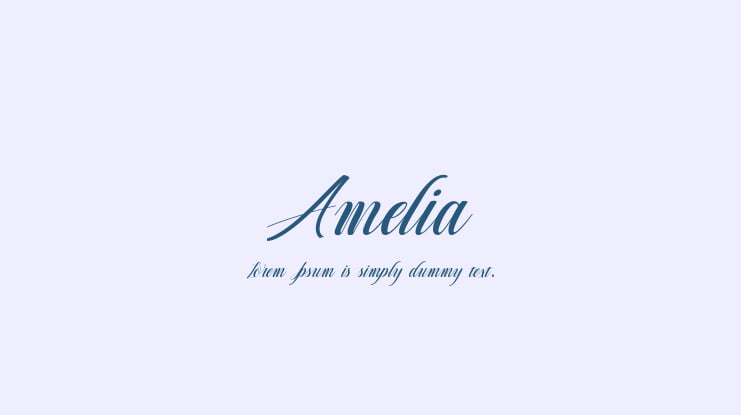

But the artwork - the product of individual experience and expression rather than an anonymous camera - returns the horror of the camps to its proper, piercing register.

It must be tough being the world’s 7,000th Holocaust documentary there aren’t a lot of fresh angles left, and recorded Holocaust images - occasionally used here without identifying context, as if they were interchangeable - have become so codified that one wonders if that interchangeability is the ultimate sacrilege. Distractingly tortured metaphors are given a distractingly affected narration by Maya Angelou: the embittered Hitler “refocused his passion for painting into a new art form” and soon, “no one was safe from his sweeping paintbrush of death and destruction.” Inside this hackneyed frame are the actual subjects of the documentary, many of whom are Auschwitz survivors, who discuss their experiences and display their powerful wartime drawings and paintings. The facts are there, yet their melodramatic invocation does more harm than good to As Seen Through These Eyes, a documentary about the creative impulse that sustained many young prisoners of World War II concentration camps. Period details, from 1928 to 1937, are so clichéd that someone might as well announce onscreen, “Gosh, these ’20s certainly are Roaring!” (Citywide) (Nick Pinkerton)ĪS SEEN THROUGH THESE EYES It’s an angle many Hitler historians can’t leave alone: As a young, aspiring painter, the führer was rejected by the Vienna Art Institute as a murderous dictator, he remained an art lover, looting Europe of its greatest treasures. For a woman to write, as we see Earhart doing, a prenuptial condition that “I shall not hold you to any medieval code of faithfulness to me, nor shall I consider myself bound to you” would be gutsy in 2009, not to mention mere years after suffrage, there’s little sense of the emotional risk Earhart’s taking with that declaration, and the resulting ménage à trois lacks heat. Amelia is pinned uncomfortably between “chase your dreams” PG-safe and aspirations of sophistication. Putnam (Richard Gere), an architect of the Lindbergh legend, and her free-love affair with Gore’s dad, Gene Vidal (Ewan McGregor).

Beyond her record flights, the film covers Earhart’s courtship with and marriage to publicist G.P. Swank’s Earhart is all grinning can-do, at fault for nothing, her only conflicts coming through the misunderstanding of a chauvinist, materialist society unprepared for her barnstorming beauty. Drawn from two Earhart bios, Mira Nair’s dull hagiography comes in about 111 minutes too long. AMELIA Hilary Swank, slender, toothsome and long-jawed, is a gussied-up physical match for Amelia Earhart - and this is the only meaningful way in which Amelia resurrects the aviatrix.


 0 kommentar(er)
0 kommentar(er)
